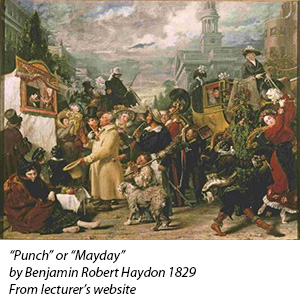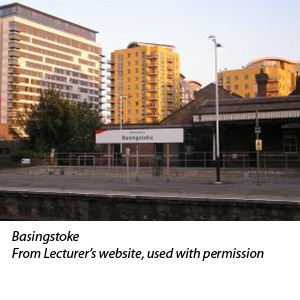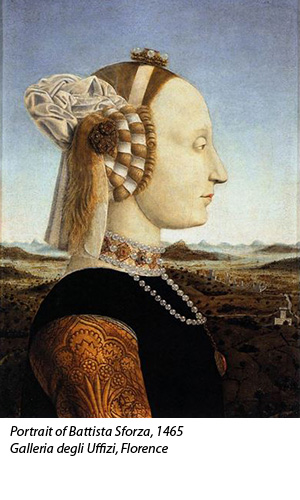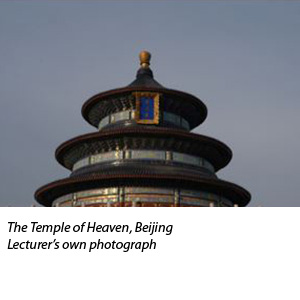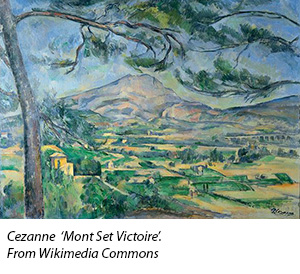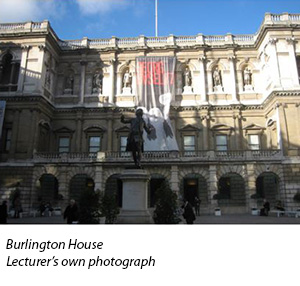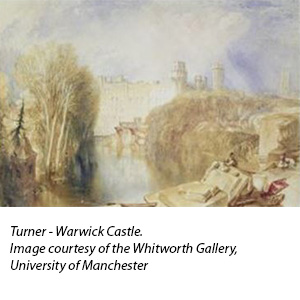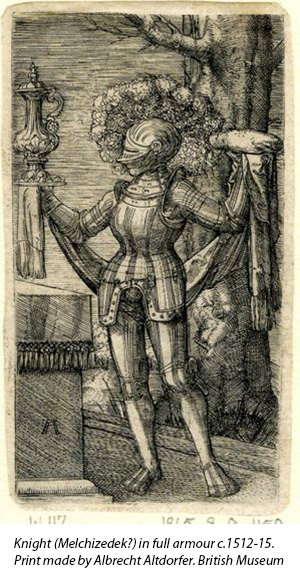Frida Kahlo and Diego Rivera: The Golden Age of Mexican Painting

Wednesday 5th September 2018
Chloë Sayer
Frida Kahlo (1907-1954) and Diego Rivera (1886-1957) have iconic status in Mexico. Rivera’s intricate visual narratives, rich with allegory and symbolism, adorn the walls of public buildings. Kahlo’s work is small in format and she made herself the principal theme of her art, reflecting her experiences and dreams. This lecture surveys the work of both artists; it chronicles their turbulent marriage and Mexico’s history after the 1910 Revolution.
Chloë is a specialist in the art and culture of Latin America. She has curated exhibitions and assisted TV documentaries for BBC and Channel 4. In 2016 she was awarded the prestigious Ohtli medal by the Mexican government for her long-standing commitment to Mexican culture.
The V and A is having an exhibition of Frida Kahlo’s clothes and personal artefacts which have never been shown outside Mexico before. The exhibition runs until November 4th 2018.
